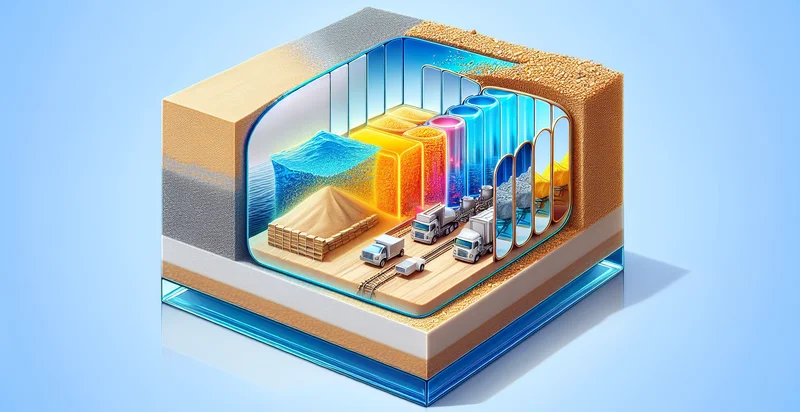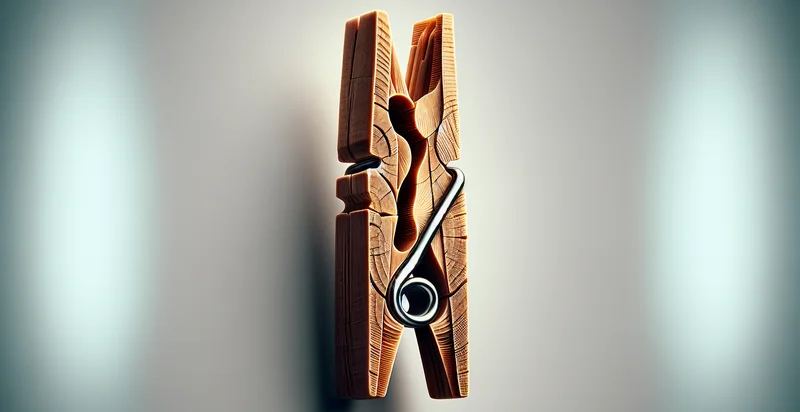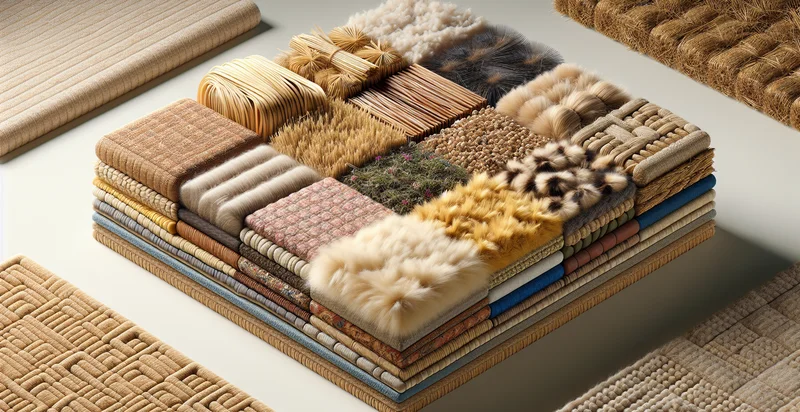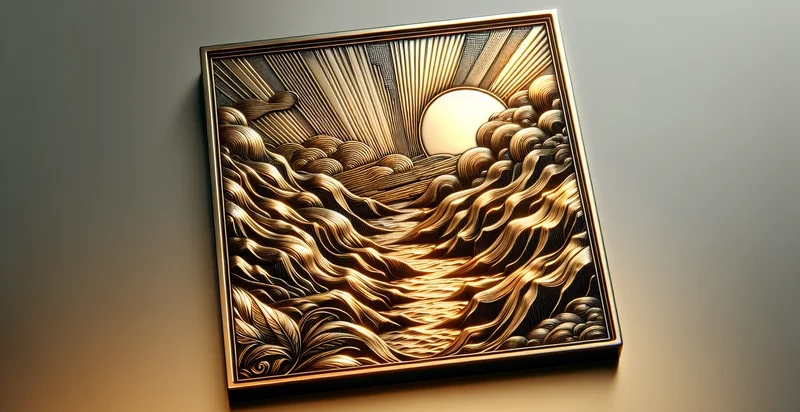Identify what material a mirror is made from
using AI
Below is a free classifier to identify what material a mirror is made from. Just upload your image, and our AI will predict what material a mirror is made from - in just seconds.

Contact us for API access
Or, use Nyckel to build highly-accurate custom classifiers in just minutes. No PhD required.
Get started
import nyckel
credentials = nyckel.Credentials("YOUR_CLIENT_ID", "YOUR_CLIENT_SECRET")
nyckel.invoke("what-material-a-mirror-is-made-from", "your_image_url", credentials)
fetch('https://www.nyckel.com/v1/functions/what-material-a-mirror-is-made-from/invoke', {
method: 'POST',
headers: {
'Authorization': 'Bearer ' + 'YOUR_BEARER_TOKEN',
'Content-Type': 'application/json',
},
body: JSON.stringify(
{"data": "your_image_url"}
)
})
.then(response => response.json())
.then(data => console.log(data));
curl -X POST \
-H "Content-Type: application/json" \
-H "Authorization: Bearer YOUR_BEARER_TOKEN" \
-d '{"data": "your_image_url"}' \
https://www.nyckel.com/v1/functions/what-material-a-mirror-is-made-from/invoke
How this classifier works
To start, upload your image. Our AI tool will then predict what material a mirror is made from.
This pretrained image model uses a Nyckel-created dataset and has 20 labels, including Acrylic, Aluminium, Bronze, Carbon Fiber, Ceramic, Composite, Copper, Fiberboard, Glass and Laminated Wood.
We'll also show a confidence score (the higher the number, the more confident the AI model is around what material a mirror is made from).
Whether you're just curious or building what material a mirror is made from detection into your application, we hope our classifier proves helpful.
Related Classifiers
Need to identify what material a mirror is made from at scale?
Get API or Zapier access to this classifier for free. It's perfect for:
- Material Quality Assessment: This function can be integrated into manufacturing quality control systems to identify the material composition of mirrors during production. By ensuring that only the specified materials are used, manufacturers can maintain high standards for durability and reflection quality.
- E-commerce Product Verification: Online retailers can use this image classification function to automatically verify the material type of mirrors listed in their inventory. This helps ensure that product descriptions match the actual items, reducing customer returns and improving trust.
- Recycling Sorting: Waste management companies can implement this function to identify mirror materials in recycling facilities. Accurate identification allows for proper sorting and processing of materials, enhancing recycling efficiency and reducing contamination.
- Restoration and Conservation: Museums and antique dealers can utilize this function to determine the materials of vintage mirrors for restoration purposes. Knowing the material helps conservators choose appropriate restoration techniques to preserve historical integrity.
- Interior Design Applications: Interior designers can leverage this function to identify mirror materials for custom design projects. Understanding material properties can guide choices regarding aesthetic, reflective quality, and how the mirror interacts with surrounding decor.
- Safety Compliance: Companies that manufacture or sell mirrors can employ this classification function to ensure materials meet safety and regulatory standards. This helps in preventing the use of hazardous materials and ensures consumer safety in various applications, including automotive and building construction.
- Market Research Analysis: Researchers can use this function to analyze trends in mirror materials across different industries, such as home decor, automotive, or electronics. By identifying material compositions in existing products, companies can make informed decisions on design and material sourcing for upcoming projects.


